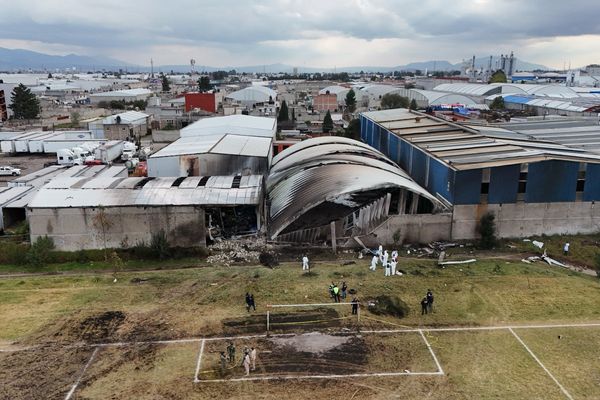
On the outskirts of Samarkand, on what was once a stretch of desert land surrounding an Olympic rowing canal, rises one of Central Asia’s most ambitious tourism projects.
The Silk Road Samarkand International Tourist Centre covers 260 hectares and has been called “a city within a city” – a place where history, culture, and modern luxury converge.
A living museum: The “Eternal City”
The beating heart of the complex is the Eternal City, an 11-hectare ethno-park designed by Uzbek artist Bobur Ismoilov. Here, visitors are transported into a carefully recreated past, wandering through streets inspired by ancient manuscripts, where turquoise domes glimmer, mosaics shine, and minarets rise into the sky.
Artisans and craftsmen work in open shops, echoing the bazaars of old Samarkand and Bukhara. Visitors can taste dishes from different eras and corners of Uzbekistan, while street performers bring folklore to life.

The site reflects the many cultural layers that shaped the region – from Parthian and Hellenistic influences to Islamic traditions. In one walk, you can pass through the spirit of Khorezm, Ferghana, Tashkent, Kashkadarya, and Karakalpakstan without leaving the complex.
“It was important to preserve cultural authenticity while offering modern comfort”, explains Zafar Butaev, CEO of Silk Road Samarkand. “The Eternal City showcases the versatile heritage of bygone centuries in full splendour”.
Wellness, business, and leisure in one place
The Silk Road Samarkand complex is more than a cultural showcase. Eight luxury hotels offer nearly 1,200 rooms, among them 14 presidential suites – a record in Central Asia. The Wellness Park stands out with its four specialised hotels. The concept is attracting international recognition, with medical tourism now a growing segment of Samarkand’s appeal.
Meanwhile, the eco-design of the resort – more than 30,000 newly planted trees, landscaped gardens, and solar-powered electricity positions it as a sustainable tourism model in the region.
The Congress Centre adds a different dimension. With panoramic glass façades and state-of-the-art technology, it has already hosted prestigious gatherings, from the European Bank for Reconstruction and Development’s annual meeting to the UN World Tourism Organisation’s General Assembly.
With a capacity of 3,000 across its five halls, it is one of the largest venues of its kind in Central Asia.
Recognition on the global stage
Since its opening in 2022, Silk Road Samarkand has accumulated awards: “Discovery of the Year”, “Brand of the Year”, and recognition at the Republican Medical Tourism Index.
Its role as a host of the 43rd UNESCO General Conference in 2025, the first time the event will leave Paris in four decades, underscores its global standing.
Statistics show that more than 4 million tourists visit Samarkand annually, with over 250,000 of them—both domestic and international—choosing Silk Road Samarkand. This proves that the complex is not only attracting foreign visitors but also creating new opportunities for domestic tourism. Experts note that it is strengthening the tourism potential of Uzbekistan and the entire Central Asian region.
Expanding horizons
For Butaev, the project is only beginning. A family water park has recently opened, a bio-lake with a beach is under construction, and the Expo Centre is expanding from 4,000 to 17,000 square meters.
“We believe our ancient and eternally young city has huge potential”, he says. “Our mission is to help it grow, attracting more tourists, business visitors, and global attention”.

Strategic markets already include Kazakhstan and Tajikistan, alongside European destinations such as Italy, France, Germany, and the UK. All these directions are supported not only by the Silk Road Samarkand complex, but also by national air carriers as well as the entry of internationally recognized airlines, which now connects the city directly to many of these destinations. Additionally, cultural and ziyorat tourism is growing, supported by direct flights from the UAE and Saudi Arabia.
A new chapter for Samarkand
Samarkand has long been synonymous with Registan Square, Gur-Emir Mausoleum, and the breathtaking Shakhi-Zinda necropolis. Now, with Silk Road Samarkand, the city adds a contemporary chapter to its legacy – one that combines the grandeur of its past with the vision of a modern tourism capital.
“It’s better to see it with your own eyes”, Butaev smiles. “What we want most is for every guest to leave with unforgettable impressions, carrying a piece of Samarkand’s spirit home with them”.







